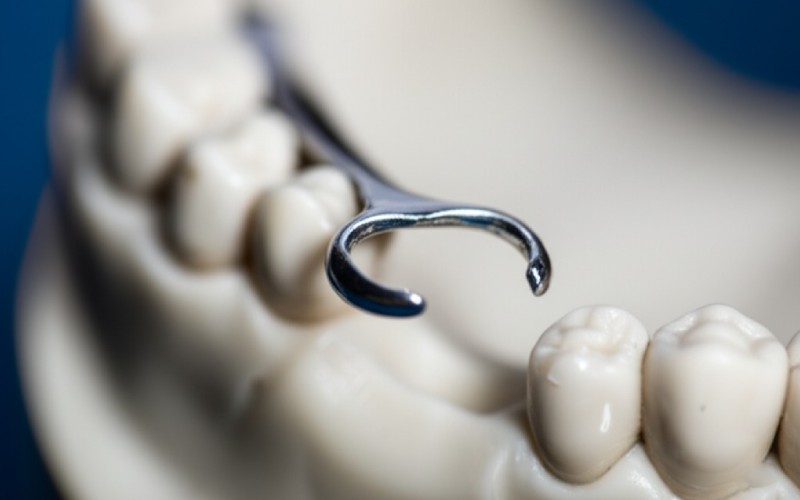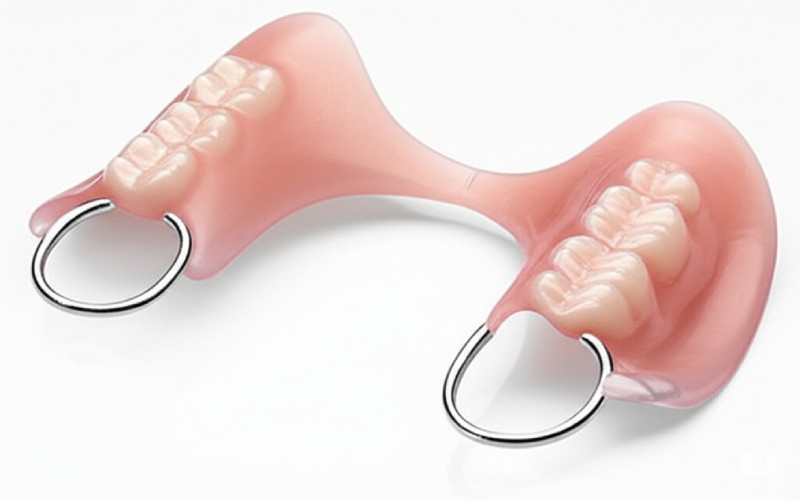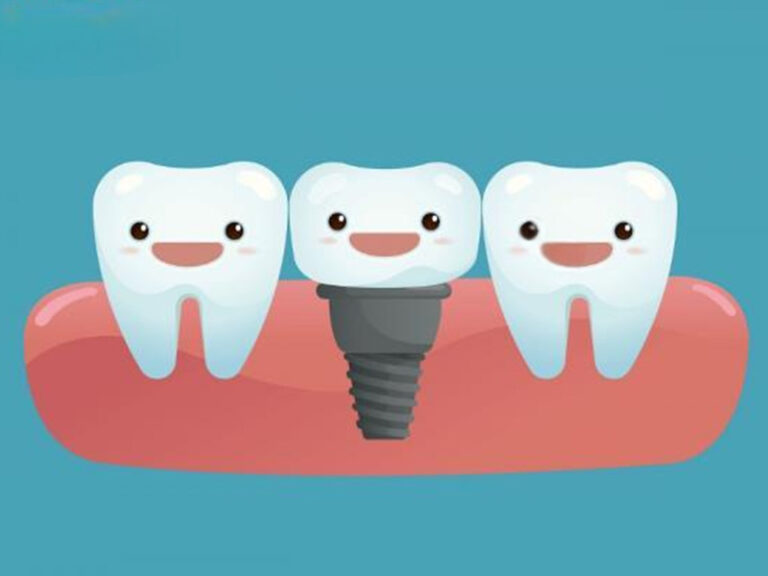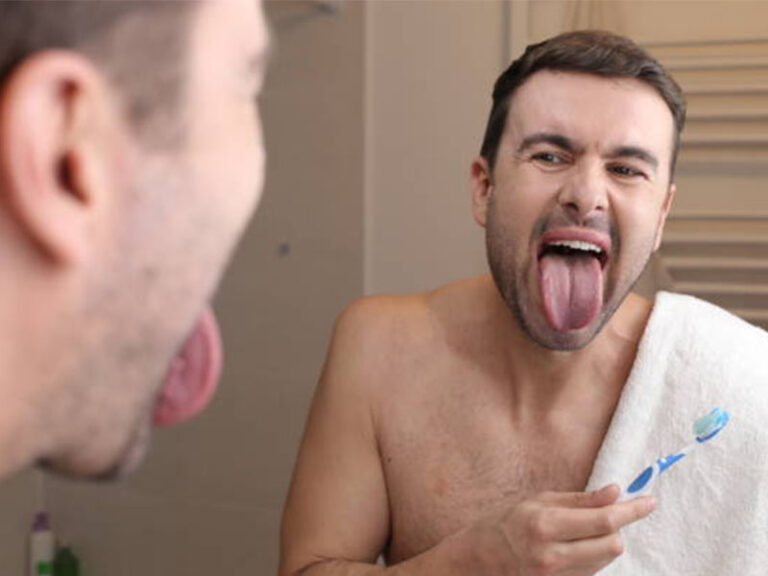
Valg af den rette partielle protese: En simpel guide til bøjletyper
When you’re missing teeth, a partial denture can be a life-changing solution. But one small part of that denture makes all the difference: the clasp. A clasp is the tiny arm that hugs your natural teeth to hold your new smile in place. Choosing the right one is key to comfort, function, and how your denture looks. This article is a guide to help you understand everything you need to know about partial denture clasp types. We will explore the different kinds of clasps, from classic metal to modern flexible options. By the end, you’ll feel confident talking to your dental professional about what’s best for you.
Indholdsfortegnelse
What Is a Partial Denture Clasp and Why Does It Matter?
Let’s start with the basics. Imagine you have a few missing teeth. A aftagelig delprotese is an appliance made to fill that gap. It has new teeth set in a base that looks like your gums. But how does it stay in your mouth? That’s the job of the clasp. A clasp is a small, precise part of the partial denture that gently grips onto your remaining natural teeth. Think of it as a tiny, custom-fit hug for your tooth. Its main job is retention, which is a fancy word for holding the denture securely.
The clasp is a type of direct retainer. Its goal is to prevent dislodgement of your denture while you talk, eat, or laugh. Without a good clasp, your partial denture could feel loose or wobbly. This small piece is the key to making your new appliance feel like a part of you. The entire unit, including the clasp and other supporting parts, is called a clasp assembly. Understanding how this little part works is the first step to getting a great-fitting partial denture.
Why is Proper Clasp Selection So Important for My Denture?
Because the wrong clasp can cause all sorts of problems. A clasp that is too tight can put stress on the tooth it’s holding, called an abutment tooth. A clasp that is too loose won’t provide enough retention, and your denture will move around. The goal is to find a perfect balance between a secure fit and the health of your existing teeth.
We also have to think about aesthetics. This means we think about how the clasp will look in your mouth. If the clasp needs to be on a tooth near the front of your mouth, we have to consider if visible metal will show when you smile. A well-chosen clasp should be both functional and aesthetic. It must do its job without being uncomfortable or making you feel self-conscious. This is why there are so many partial denture clasp types to choose the best partial denture for your specific needs.
Are All Partial Denture Clasps Made of Metal?
For many years, almost every clasp was made of a strong, shiny metal alloy. These metal clasps are fantastic at their job. They are durable, precise, and provide excellent grip. The metal is shaped perfectly by a dental lab technician to fit your tooth. This precision ensures the clasp holds the partial denture firmly in place. These clasps are a great choice, especially for posterior teeth, or back teeth, where they are not easily seen.
But today, we have more options! Thanks to advances in dental materials, we now have flexible, tooth-colored or gum-colored materials. This is great news for people concerned about aesthetics. A flexible partial can have a clasp that blends in with your natural teeth or gums, making it much harder to see. So, no, not all clasps are made of metal. We can now choose between strong metal for durability or a more aesthetic material depending on where the clasp will be placed in your mouth.
What Are the Two Main Types of Partial Denture Clasps?
When we break it down, there are many different types of partial denture clasps, but most fall into two main groups. Understanding the different groups helps make sense of it all. The two groups are defined by how the clasp approaches the undercut of the tooth. An undercut is just a small, natural curve on the tooth below its widest part. The clasp needs to flex over this widest part and then rest gently in that curve to hold on.
The first group is the circumferential clasp. This clasp starts on one side of the tooth, usually near the chewing surface, and wraps around it to engage the undercut. The second group is the bar clasp. This clasp starts from the base of the denture and approaches the undercut from a gingival direction (from the direction of your gums). Each of these types of partial has its own pros and cons, and your dental professional will decide which is best for your unique situation.

How Does a Circumferential Clasp Work on a Denture?
The circumferential clasp is a classic in the world of dentures. You might also hear it called a circlet clasp or an Akers clasp. These are often c-shaped clasps. Imagine a tiny arm that starts high up on the tooth surface, near where you chew, and curves around the tooth to hold it. The part that provides the grip is called the retentive arm. It’s designed to flex just enough to slip into the tooth’s undercut and hold the partial denture in place.
To make sure the clasp doesn’t put too much pressure on the tooth, it has other parts. A reciprocal arm is a rigid arm on the opposite side of the tooth that braces it, preventing it from being pushed around by the flexible retentive clasp. There is also an occlusal rest, which is a little piece of metal that sits on the chewing surface of the tooth, often on the marginal ridge of a posterior tooth. This rest stops the denture from sinking down and hurting your gums. This whole clasp assembly works together to make a stable and secure removable partial denture.
What Is a Bar Clasp, and Why Might My Dentist Choose It?
A bar clasp works a little differently. Instead of wrapping around from the top, this clasp comes up from the base of the denture. The most common type is the I-bar. It looks like the letter “I” and touches the tooth in a very small spot. This can be better for the tooth’s health and often looks better, too. Because the I-bar touches less of the tooth, it can be a more aesthetic choice, especially for teeth that are visible when you smile.
The I-bar is often part of a special system called the RPI system. RPI stands for Rest, Proximal Plate, and I-bar. The Rest sits on the chewing surface (usually on the mesial side, toward the front), the proximal plate is a small plate that guides the partial denture into place next to the edentulous space (the gap), and the I-bar is the retentive clasp on the buccal or cheek side. This clever clasp design helps the partial denture move in a way that is less stressful on the abutment teeth, especially in a distal extension case where there are no back teeth to support one side of the arch.
Can a Clasp Be Both Strong and Flexible? Meet the Combination Clasp
Sometimes, one type of clasp isn’t quite right. That’s when we might use a combination clasp. This clasp mixes the best of both worlds. It usually has a strong, rigid metal frame and bracing arm, just like a circumferential clasp, but the part that does the holding—the retentive arm—is made of a more flexible material. This part is often made from a special kind of wire called a wrought wire retentive arm.
This modification is great for a few reasons. The flexible wire puts less stress on the tooth it is holding. This is very important if the tooth is a little weaker or is already holding another attachment, like for a bridge. The wrought wire clasp arm can also engage a deeper undercut than a stiff metal clasp, providing great retention. The combination clasp is a wonderful problem-solver that gives us more options to create a functional and long-lasting RPD (removable partial denture).
Are There “Invisible” Clasps for My Flexible Partial Denture?
For many people, the biggest concern is the look of their smile. They worry about a shiny metal clasp showing. This is where a flexible partial denture can be a fantastic choice. These modern dentures are made from a special, flexible resin. The clasps are made from the same material, which can be either pink like your gums or a shade that matches your teeth. The result is a clasp that blends in seamlessly.
When you smile, this type of clasp is very hard to see. It can make a huge difference in your confidence, especially if the clasp is on a tooth that shows in your smile line. While a flexible partial offers amazing aesthetics, it’s important to discuss with your dentist if it’s the right choice for you. The material is not as rigid as metal, so it may not be suitable for every single case. But for looks, this prosthesis is one of the best partial denture clasp types available today.

How Does My Dental Team Choose the Best Clasp Design for Me?
Choosing the right clasp isn’t a guess. It’s a careful, clinical process. First, your dentist will examine your mouth and take impressions. We look at the health of your remaining natural teeth, their shape, and their position. Then, we use something called a surveyor. This tool helps us find the survey line, which is the widest part of each tooth. This line tells us exactly where the undercut is located. Finding the perfect undercut is key to a good clasp. A clasp may need to grab a very specific part in the lower third of the tooth.
Your dentist works with a skilled Dentallaboratorium to create your partial denture. The technician will use the dentist’s instructions to build the clasp assembly so it fits perfectly. We consider everything: the location of the missing teeth, whether it’s a posterior or anterior tooth, and if it’s a distal extension case. Every mouth is different, so every RPD needs a custom clasp design for the best results. These clasps require careful planning.
What Should I Ask My Dentist About My RPD Clasps?
Feeling involved in your care is so important. When you’re getting a removable partial, don’t be shy. Ask your dental professional, “What partial denture clasp types are you considering for me, and why?” Ask about the pros and cons of metal clasps versus a flexible option. You can ask, “Will the clasp be visible when I smile?”
Discussing these things helps you understand your treatment and set your expectations. It also helps your dentist understand what is most important to you—is it strength, comfort, or how it looks? Your dentist can explain how the clasp works, from the reciprocal arm on the lingual (tongue) side to the clasp terminal on the facial side. Working together is the best way to get a partial denture that you’ll be happy with for years to come. Getting the best care starts with good communication.
Vigtige ting at huske
Here is a quick summary of the most important points about partial denture clasp types:
- Clasps hold your partial denture in place. They gently grip your natural teeth to keep your denture from moving.
- There are two main types. Circumferential clasps wrap around the tooth, while bar clasps approach from the gumline.
- Materials matter. You can choose between strong, traditional metal clasps or newer, more aesthetic flexible clasps that blend in with your smile.
- Clasp design is custom. Your dentist and a dental lab work together to create a clasp designed specifically for your mouth and your needs.
- Ask questions! Talk to your dentist about your options to make sure you get a comfortable, functional, and beautiful partial denture.




